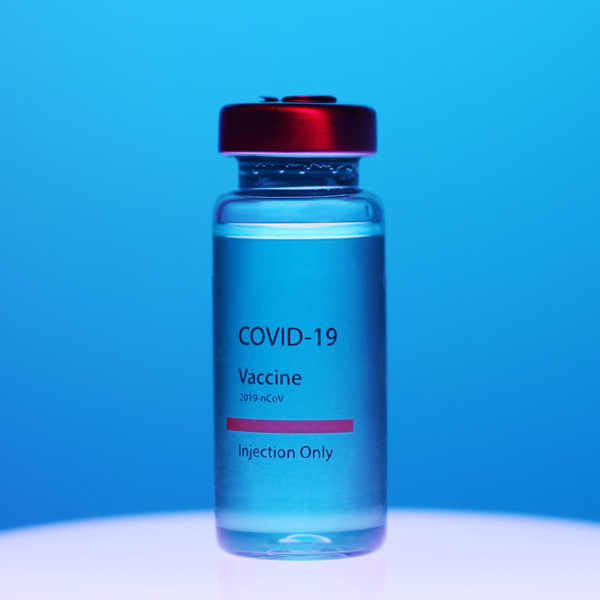Alyse has always been the one to come down with every infectious disease that’s going around. As a child, she often spent much of the winter with colds, sinus infections, and ear infections, which were treated with antibiotics. When she was hospitalized with her second bout of pneumonia in one year, her primary care doctor referred her to an immunologist who diagnosed her with common variable immune deficiency (CVID).
CVID is one of more than 450 rare, chronic conditions called primary immune deficiency diseases (PIDD) that are caused by a hereditary defect in the way the body fights infections. For PIDD patients, a part of the immune system is missing or doesn’t function properly, opening the person to all types of potentially dangerous infections.
When Alyse was finally diagnosed properly, her immunologist started her on immune globulin (IG) therapy. These treatments, which she gets intravenously every four weeks, replace the important immune proteins her body is missing. Now, Alyse can live more normally without fear of contracting the kind of severe infections that once made her chronically sick.
Immune globulin is made from donated human plasma and is very expensive. A single infusion can cost as much as $20,000. Until recently, Alyse’s insurance plan covered much of the cost, assessing a manageable $50 per month as a copayment. Over the last few years, however, the out-of-pocket cost for her IG therapy has increased due to a higher deductible plan. Alyse now has a $5,000 deductible before her insurance will cover any of her IG therapy in addition to copays she has to pay until she meets her out-of-pocket maximum of $10,000.
Still, she’d been able to afford her out-of-pocket costs due to the copay assistance offered by the drug manufacturer. For PIDD, the drug manufacturers have copay assistance programs from $2,500 to $10,000 a calendar year which helps her cover the costs
While it was still a struggle, this copay assistance helped Alyse afford the copay for the first few months of the year. This was because the amount paid by the manufacturer’s assistance program counted toward her insurance plan’s $10,000 annual out-of-pocket maximum, which includes all her copays and coinsurance and the deductible she must pay each year. Once she reached this maximum, the plan would pick up the entire cost of her treatments for the rest of the year.
A New Surprise
This year, however, without informing her, Alyse’s insurance plan instituted a copay accumulator program (also called a copay adjustment or maximizer program). This is an insurance industry trend intended to encourage patients to choose lesser expensive or generic medications rather than the more expensive brand names. Unfortunately, there are no less expensive alternatives for this essential treatment for PIDD and many other diseases.
With the copay accumulator program, copay assistance from a third party, like the drug manufacturer, a charitable organization, or a patient support group, is not counted toward a patient’s out-of-pocket maximum. That means the assistance Alyse receives to offset the monthly cost of her treatments no longer counts. After her assistance is used up, she is still responsible for the full amount of the copay charges until she reaches the annual out-of-pocket maximum.
This has sent Alyse into a panic. There’s no way she can afford to pay $5,000 deductible all at once, as well as the additional copays until she meets her out-of-pocket maximum for her treatments. And without the treatment, she’s terrified that she will again fall victim to chronic, debilitating infections.
Many patients depend on the assistance they get from manufacturers and charities to afford the high cost of specialty medications. Copay accumulators limit a patient’s access to these life-saving therapies. They are extremely harmful to patients, both financially and in terms of their health and wellbeing.
Legislation that Will HELP
Many states and the federal government are now looking at this insurance industry practice and working to eliminate copay accumulator programs. A dozen states and Puerto Rico have already banned the practice. At the federal level, Congress is moving to control high out-of-pocket health insurance costs with the Help Ensure Lower Patient (HELP) Copays Act, a bipartisan bill (HR 5801) introduced in the House of Representatives last November.
The Immune Deficiency Foundation (IDF), the National Hemophilia Foundation, the National Organization for Rare Disorders (NORD), and more than 60 other organizations supporting serious and chronic disease patients have come together to form the All Copays Count Coalition, an organization committed to eliminating this barrier to care at both the state and federal level. Addressing this issue at both legislative levels is important because some insurance plans are regulated by the federal government, while others are regulated at the state level.
IDF encourages those who use immune globulin therapy to support efforts to make #AllCopaysCount. They encourage you to contact your members of Congress and let them know that you support the HELP Copays Act. NORD and IDF are also following state-level legislation.
In the meantime, not all health insurance plans include a copay accumulator program. When you sign up for a new plan, it’s important to be sure to look for this restriction in the fine print (or call the company) and choose one that doesn’t restrict third-party copays. This may not be easy to determine. If you need help, our Patient Advocates are available to help you find the plan that’s right for you. Email us at [email protected].



